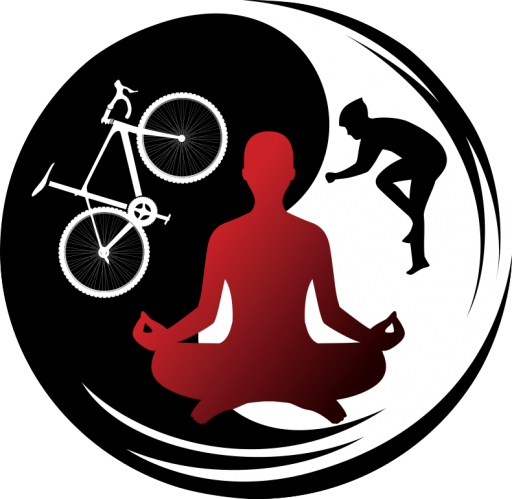What’s the Best Technique?
Artistic or scientific procedure? One’s skill or efficient ways are detected by their morphological differences. Your morphological peculiarities detect you skills.
That is why “Nat Ross” of Fizik saddles sends us their saddles not on the market for review. We have the science to alleviate compression where it makes a difference, while upon the choice of a saddle, while you pedal.
We have always known where your (CG) is and why, that no two people have the same technique and that is why we use CAD to find the best solution for that person. What is it you wish to do and we can help find the best solution (road, tt, tri, track, mtb, etc…)
The saddle absolutely (100%) must be adjusted first for the game you want to play. Is there any question that the saddle is the main contact point? More often than not, bilateral comparison vary. It’s impossible to compensate for a bad, broken down saddle or even the new ‘latest & greatest”.
Even if you are off even a few millimeters or even if the user is not aware of addressing the saddle. What is sold as optimum for a road rider or what best suits modern cycling, combing both power and suppleness might not work from one to the other.
Look at the pros this 2010 Tour and note ergonomics induces us that for road riding, the best handling, it’s more efficient to pedal “at the back,” with a sizable setback of the leading edge of the saddle, rather than “at the front.”
Why? Number one, it’s allows you to push the foot when crossing over the top and if you want pull it back at the bottom of the stroke. Number two, the pressure tends to stabilize the pelvis on a given shape of saddle.
This technique also evens out the pedal stroke. Any extra shock to muscle or tendons will cost you and it allows the legs to be better used for propulsion.
A major misunderstanding, the more forward a given saddle, the more the rider slides forward due to the bottom of the pedal stroke.
For road, many have a very hard time to adopt because of the lack of suppleness and lower back strength or worst obstruction or volume.
There is no rule here. Perhaps the best rule is it can be catastrophic to ride hard on a saddle that doesn’t interface with you, even if it is raised by only a few millimeters and especially if it’s already set towards the maximum. We know that you gain power with maximum leg length.
The truth, it’s so much easier to stretch the spine out over the top tube on a bike whose saddle is adjusted according to thebiomechanical needs (high and back enough).
We know that most on the tour want an aerodynamic advantage and their positions will keep their chest leaning to cut through the wind rather than having the chest up. We also know that most will be pushing the bars with their arms vs. pulling on them. It promotes a more stability of the pelvis on a given saddle (if the saddle is correct).
No rules here! The margin of choice for road is fairly large. We don’t think a more upright chest that is being pushed nowadays is the ticket and hope you take note.
Bottom line for road, contrary to the nowadays mass marketing belief, the true posture for “pelvis not too high yet back, head down, and back stretched” is best for a good spine position and is more efficient.
WN — Saddle Position was last modified: January 14th, 2011 by
